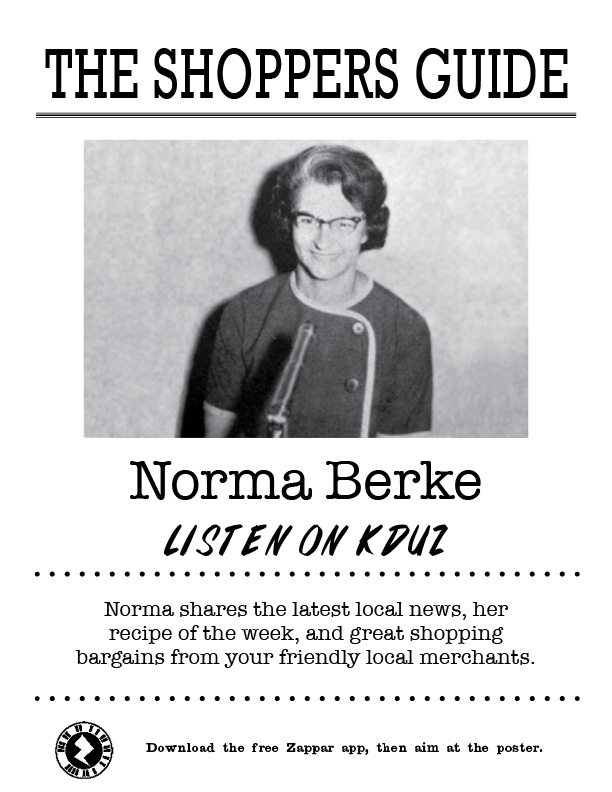Sketching scenes and painting likenesses have been with us for millennia. On Columbus Day, 2014, I can find a portrait of the explorer on the internet. “Portrait of a Man, Said to be Christopher Columbus” hangs in the galleries of the Metropolitan Museum of Art. It has become our standard image, although dated 1519 — thirteen years after Columbus’s death.
Images of Columbus: Library of Congress
Since the advent of photographic images in the nineteenth century, and then motion pictures, we have windows into the past, however inexact they are at telling us the whole story. Having read biographies of Samuel Clemens, it was still moving to see Mark Twain amble across the screen in this wonderfully restored film taken in 1909.
Mark Twain by Thomas Edison
This leads me to my thought for the day. Where are the sounds of the past? I’ve created hundreds of short films about historic subjects, and it is always fun to find just the right sound clip for a scene. But it is always that — a clip, sympathetic, yet divorced from its context. The problem is that the archives are shallow. Much as Ken Burns uses sympathetic images to portray battles in The Civil War, because there are no photographs of actual battles, we rely on evocative sounds. Historian Emily Thompson’s book, The Soundscape of Modernity, explores that very issue. Now, Thompson, with others, has created a website, The Roaring Twenties.
What Did New York Sound Like?
Thompson and her team poured through written documents, primarily noise complaints in New York City during the 1920s and 1930s. The site posts actual letters of complaint that were sent to the New York City Department of Health. Then, the magic. First, the site maps the complaints. Then, using old newsreels and other random recordings, connects sound to place when possible (not often). We listen to the sound of children playing on the street, the street cleaners as they pass by, and, my favorite, “Radio Row”. This was the nickname given to Cortlandt Street, between Washington Street and Broadway, in lower Manhattan during the 1920s due to the concentration of radio shops located there.
Thompson explained: “The aim here is not just to present sonic content, but to evoke the original contexts of those sounds, to help us better understand that context as well as the sounds themselves. The goal is to recover the meaning of sound, to undertake a historicized mode of listening that tunes our modern ears to the pitch of the past.”





